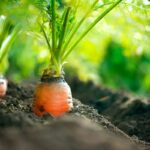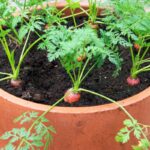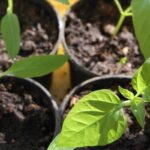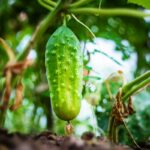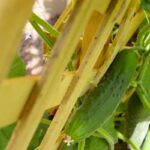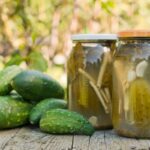Aspiring gardeners and seasoned green thumbs alike relish the chance to cultivate their own fruits and vegetables. But there’s a particular thrill in harvesting a cucumber from your very own garden.
Imagine the satisfaction of biting into a fresh, crisp cucumber that’s the product of your dedication, care, and skill!
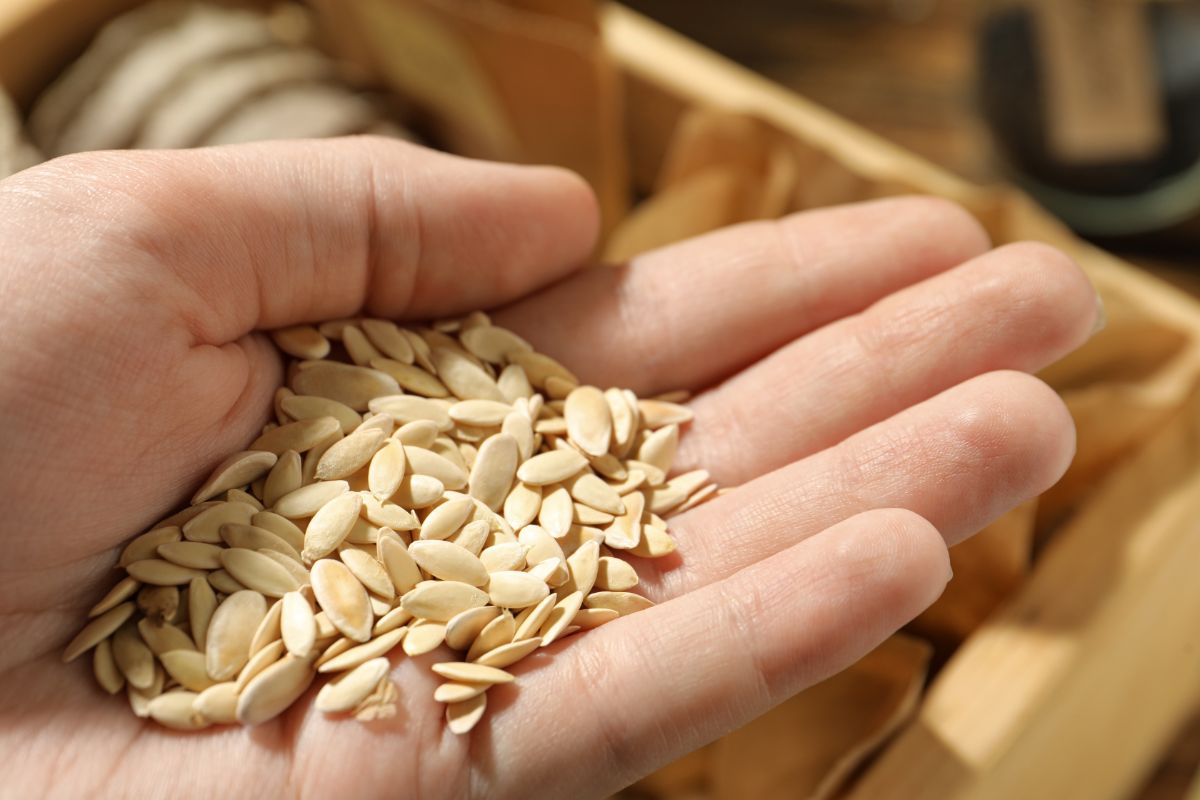
With this no-nonsense guide, you’ll be confidently nurturing cucumber seeds into fruitful plants in no time.
Understanding Your Cucumber Varieties
Before you start your gardening journey, it’s important to understand what you’re planting.
There are two main types of cucumbers – slicing and pickling. Slicing cucumbers, as their name suggests, are perfect for salads or simply enjoying on their own.
Pickling cucumbers are smaller, more robust, and ideal for preserving in vinegar or brine.
Once you’ve decided which variety you’re going to grow, there’s more to learn.
Growing Cucumbers From Seed
Preparation: Set the Stage For Successful Growth
Growing cucumbers from seeds begins with proper preparation. For UK gardeners, cucumber seeds should be sown indoors from late March to early April. Use compostable pots filled with a good-quality seed compost.
At this point, you may be wondering how many cucumber seeds to plant per hole. A common practice is to plant two seeds per hole or pot.
This strategy offers a safety net if one seed fails to germinate. So, sow two seeds about 2 cm deep into each pot, ideally positioned about an inch apart to prevent overcrowding.
After you have sown the seeds, place these pots in a propagator or cover them with a plastic bag, maintaining a temperature of around 20-25°C. This warm environment is crucial for successful germination.
After the seeds have sprouted and grown their first true leaves, you’ll want to thin out the weaker of the two seedlings from each pot. The goal is to allow the stronger one to thrive. Remember to handle these young plants gently to avoid causing any damage.
By understanding how many seeds to plant per hole and correctly thinning your seedlings, you set the stage for your cucumbers to grow strong and healthy, ready for their journey from seed to harvest.
Germination: Nurturing Seeds Into Seedlings
Germination should take about a week. Once the seedlings appear and develop two true leaves, it’s time to thin them out. Carefully remove the weaker of the two seedlings from each pot, allowing the stronger one to thrive.
It’s essential to handle these delicate plants gently to avoid causing any damage.
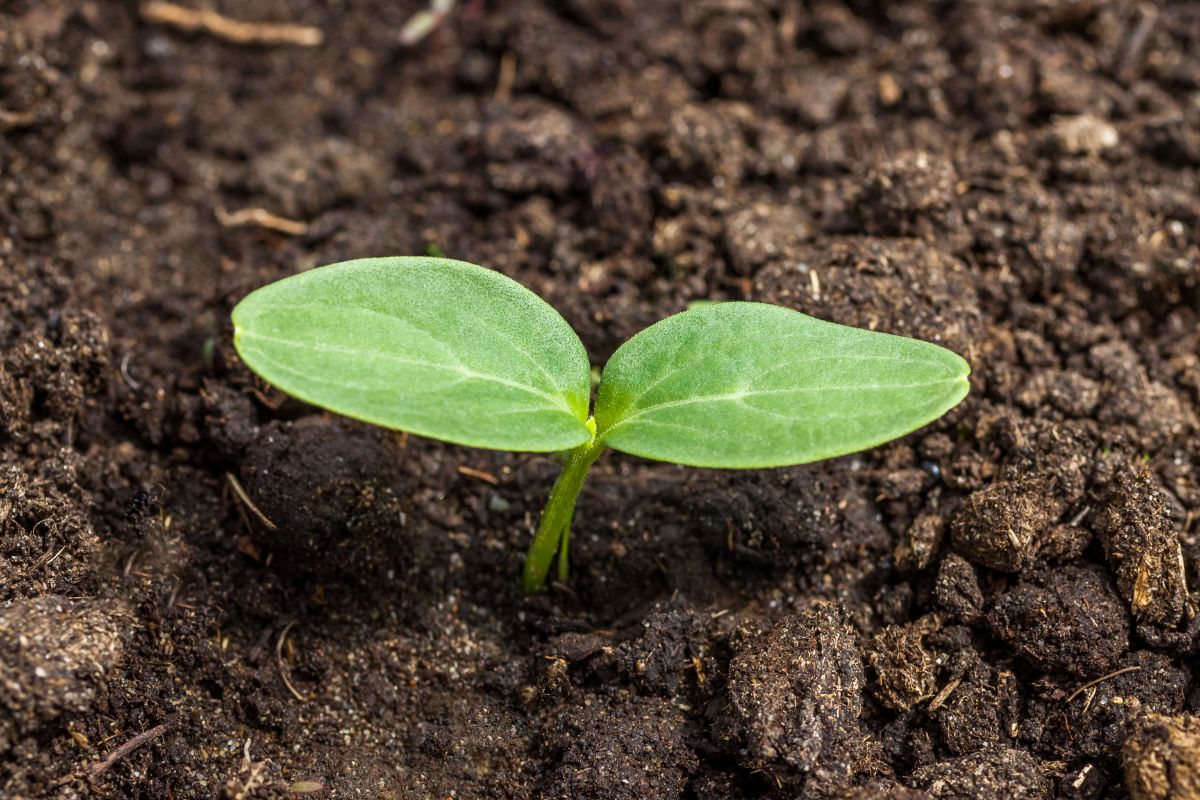
Transplantation: Moving Outdoors
Before moving your seedlings outdoors, they need to be acclimatised to cooler conditions. This process, known as ‘hardening off’, involves gradually exposing your plants to outdoor conditions over a week or two.
Start by leaving your plants outside during the day, and bringing them in at night. Gradually increase their time outside until they can withstand the cooler night-time temperatures.
By mid-May to early June, when all risk of frost has passed, it’s time to transplant your hardened off seedlings into the garden.
Choose a sunny, sheltered spot and plant your cucumbers 90 cm apart. This gives them enough room to grow without competition for nutrients or light.
Maintenance: Caring For Your Cucumbers
Cucumbers are thirsty plants and require plenty of water, especially during dry periods. A good rule of thumb is to water deeply once a week, but monitor the soil moisture levels and adjust accordingly. Although they are thirsty, it’s important to avoid over-watering them.
Feed your cucumbers regularly with a high-potassium plant food once they start to flower. This encourages healthy fruit development. Be vigilant for pests and diseases, as cucumbers can be susceptible to issues like powdery mildew and cucumber mosaic virus.
Look out for yellow leaves too as this can be an early sign of a problem.
Cucumbers are climbers, so provide support such as a trellis or stakes. Training your cucumbers to grow upwards encourages better air circulation, which can help prevent disease, and makes harvesting easier.
Harvesting: The Fruits Of Your Labour
The moment you’ve been waiting for – harvesting time!
This usually comes around 12 weeks after planting cucumber seeds.
Harvest slicing cucumbers when they’re about 15-20 cm long and pickling cucumbers when they’re around 7-10 cm long.
Remember that regularly harvesting encourages further production.
Cut the cucumbers from the vine using a sharp knife or secateurs, being careful not to damage the plant.
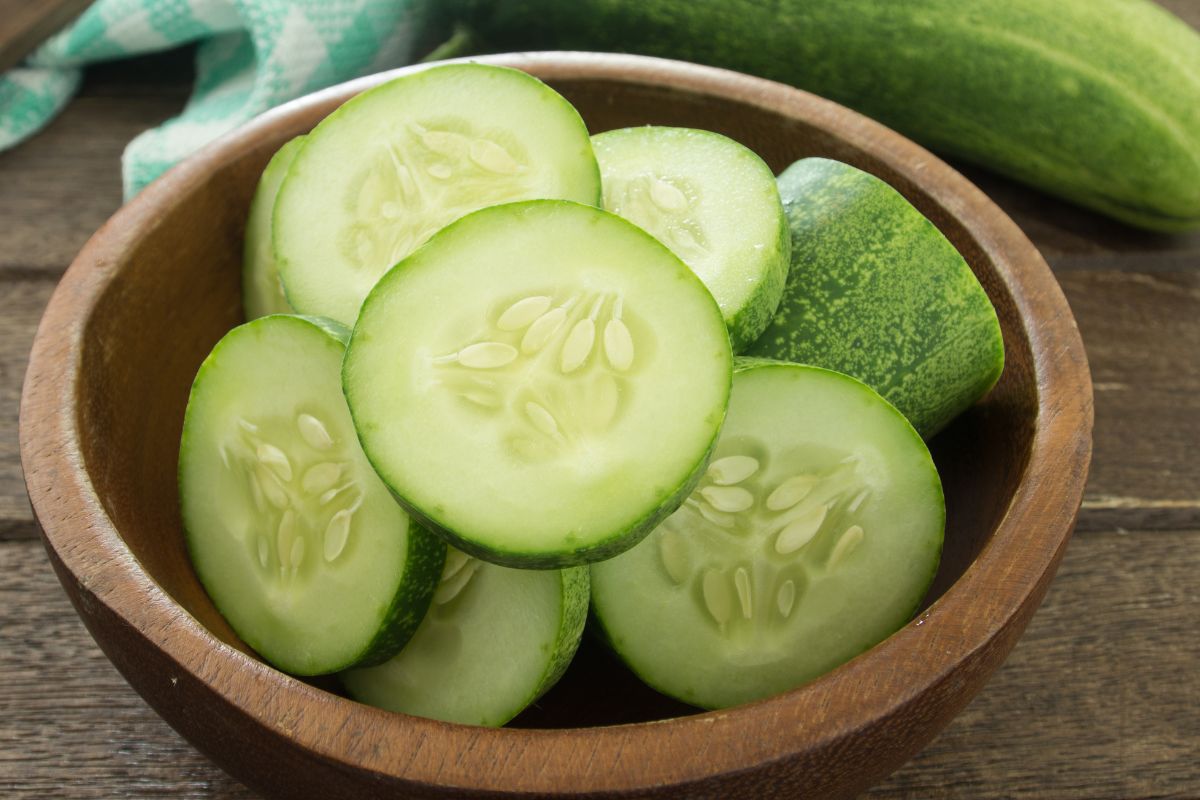
Seed Harvesting: Planning For Your Next Crop
Having relished the fresh crunch of your homegrown cucumbers, you might wish to save some seeds for next year’s crop. Harvesting cucumber seeds is a simple process, but it requires understanding the variety of cucumber you’ve grown.
Remember, cucumber seeds for planting should ideally come from open-pollinated or heirloom varieties rather than hybrids, as hybrid plants do not produce offspring that are true-to-type. If you’re unsure, refer to your seed packet or plant tag information.
Here’s how to harvest cucumber seeds:
- Choose the Right Cucumbers: Allow a few of your healthiest cucumbers to grow larger than the size you’d normally pick for eating. They should be left on the vine until they turn fully ripe and have a yellow or even brownish colour.
- Harvest and Slice Open: Once the cucumbers are overripe, harvest them and slice them open lengthwise. You’ll find the seeds in the centre.
- Extract and Clean: Scoop out the seeds and surrounding pulp. Put this mix into a container, add a little water, and let it sit for a few days. This fermentation process helps separate the viable seeds from the pulp.
- Rinse and Dry: After fermentation, rinse the seeds in a sieve to remove any remaining pulp. Spread the seeds on a paper towel or a piece of glass, ensuring they’re not overlapping. Allow them to dry thoroughly for about two weeks. Stir them occasionally to ensure they dry evenly.
- Store Safely: Once completely dry, store your cucumber seeds in a paper envelope labelled with the variety and year. Keep the envelope in a cool, dry place until the next planting season.
By saving your own seeds, you not only save money but also contribute to preserving plant diversity. You can also share the surplus with family, friends, and fellow gardeners.
Final Thoughts
Growing cucumbers from seeds may initially seem like a challenge, but armed with the above steps, you’re equipped with all the knowledge you need.
Remember, gardening is a journey, and every step, from sowing your first seeds to crunching into your homegrown cucumbers, is a testament to your learning and perseverance.
So don your gloves, ready your green thumb, and embark on your cucumber-growing adventure!
- Can You Grow Bell Peppers Indoors? A Guide For New Gardeners - November 14, 2023
- Composting Basics: Can You Compost Mushrooms? - November 6, 2023
- A Gardener’s Guide To Growing Carrots In Raised Beds - November 1, 2023

